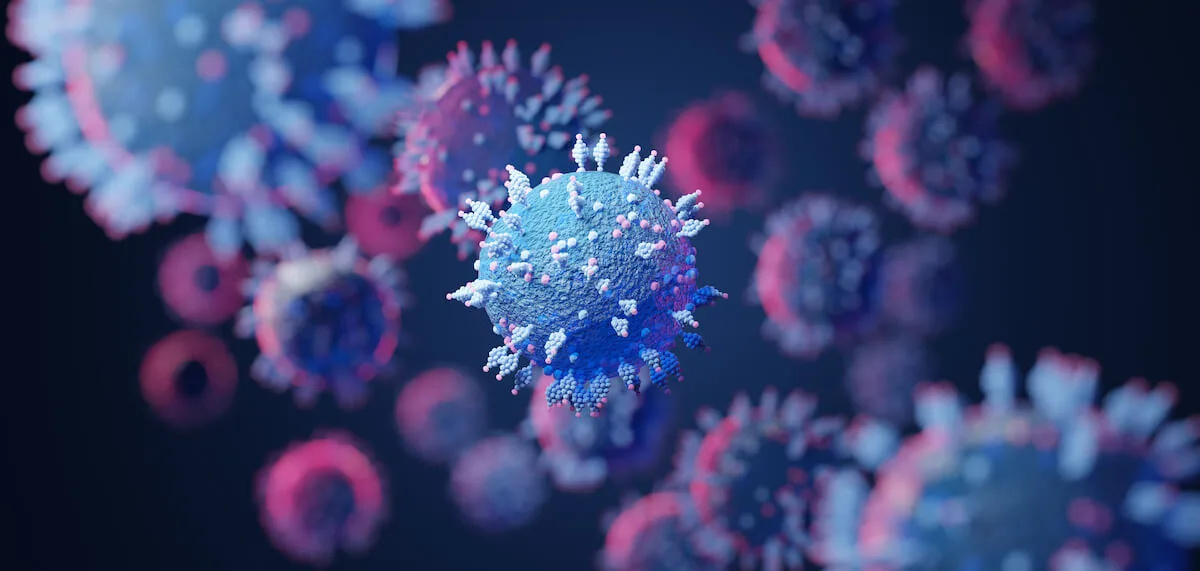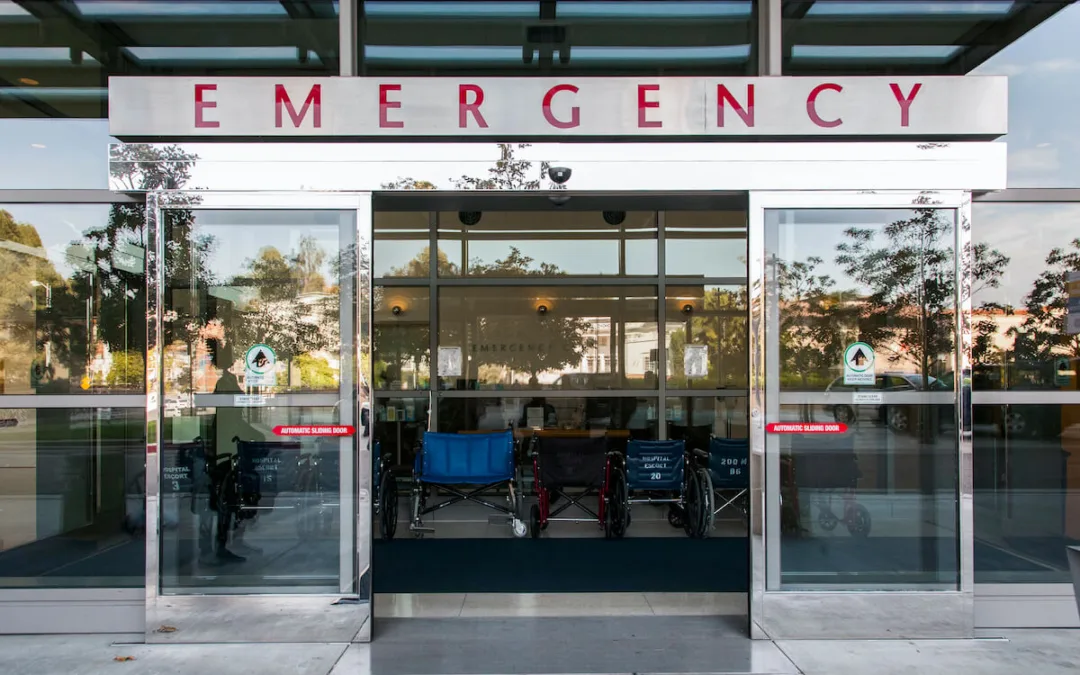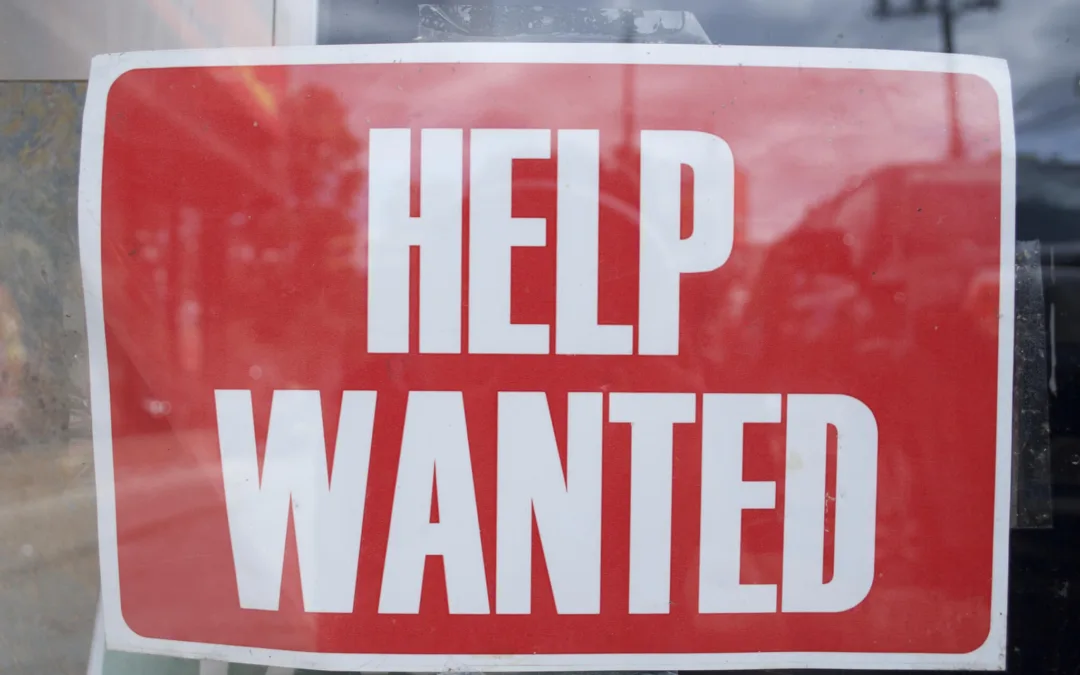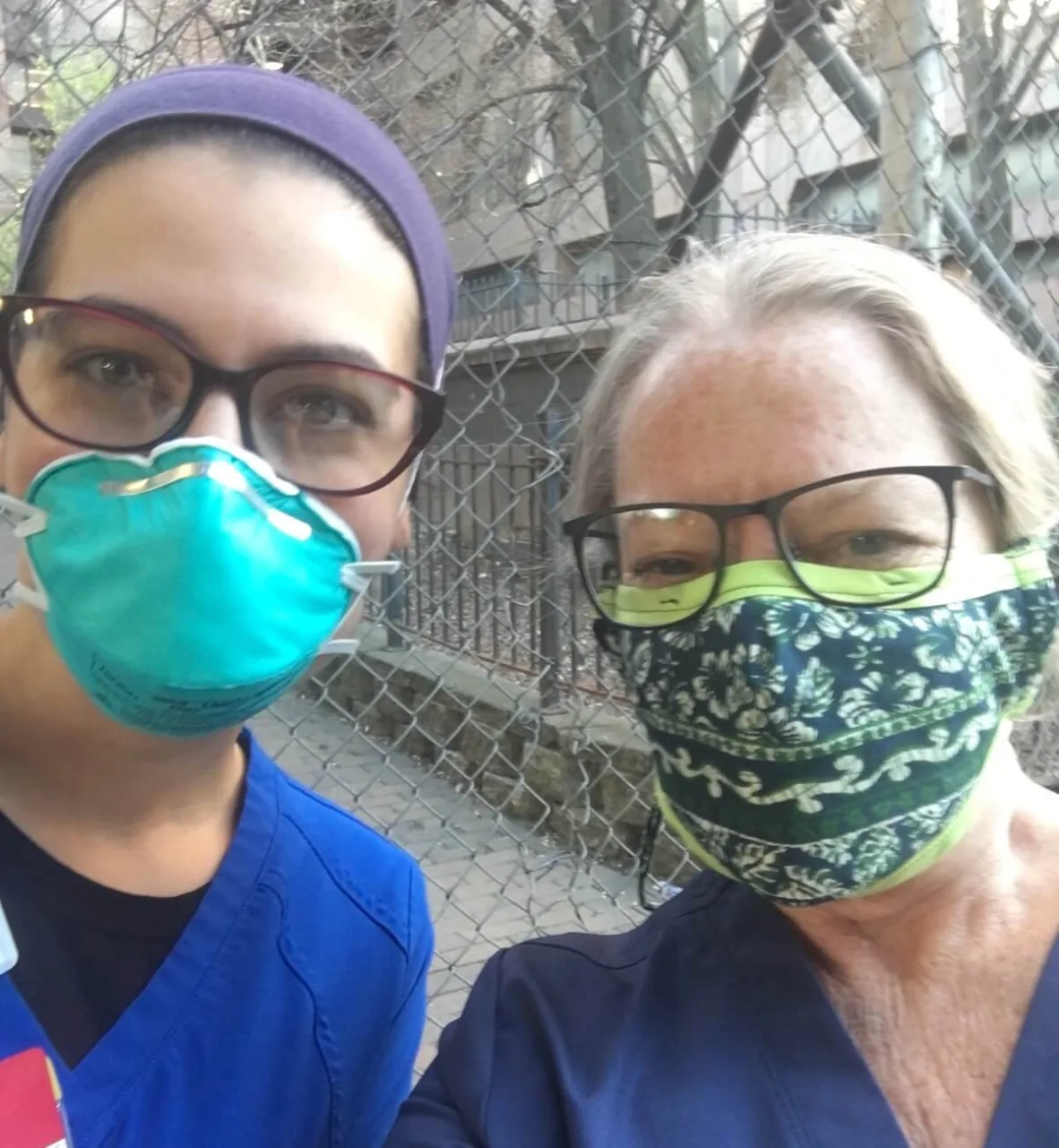
#image_title
#image_title
Part 5 – Buffy Riley has worries about coronavirus but no regrets
Editor’s note: This is the fifth in an ongoing series of stories profiling Buffy Riley and her three weeks working as a nurse in the center of America’s coronavirus outbreak.
These links will take you to Part 1, Part 2, Part 3, and Part 4 of the series.
During her 17 days working in a New York City hospital overrun with critically ill patients, Elizabeth “Buffy” Riley has tried her hardest not to think about her potentially lethal surroundings.
But there is no denying the deadly game of Russian roulette she is playing. Every day for nearly three weeks, 12 hours a day, the Wisconsin nurse who ventured to the center of the coronavirus pandemic to treat patients afflicted with COVID-19 is surrounded by the illness.
Each time she looks at patients in the intensive care unit at Woodhull Medical and Mental Health Center, Riley is reminded of the dangerous chance she takes by simply being there. Their faces have a grayish hue, even though the hospital is primarily treating people of color.
She is reminded of the devastating virus with every hum of the ventilators required to keep patients alive. She reckons with the illness each time she completes myriad medical procedures, each necessary to keep people alive.
At times Riley grasps patients’ hands and speaks to them, reassuring them that “it will be alright” even though they are unconscious, incapable of response. In those quiet moments, compassion forces back her fear.
But that fear returns with a vengeance each time a code blue sounds, each time Riley and other medical personnel scramble to another bedside, their hearts skipping a beat even as their patients’ stop.
Never mind the medicine, technology and skilled medical care patients receive. For many, their last minutes on this earth are filled with the frantic yells of others trying to save their lives.
Sometimes patients live. Oftentimes they die, the heavy damage inflicted on their lungs by COVID-19 too much to overcome. As of Tuesday, 14,828 deaths were attributed to the virus in the state of New York. Of those, 10,657 were in New York City. Authorities reported 744 new COVID-19 cases in the city between Monday and Tuesday.
It is in those end-of-life moments that Riley fully realizes the stark reality of her situation. Because of the especially contagious nature of COVID-19, patients’ families can’t visit, can’t be there to hold a loved ones’ hand, can’t say goodbye.
These patients die alone, surrounded by strangers dressed in medical garb.
Despite the double mask she wears, despite her face shield, gloves and protective clothing covering her body, Riley knows she could contract the virus.
“It’s like I’m bathing in a COVID-19 bath, surrounded by it 12 hours a day,” Riley said Tuesday. “I don’t want to think about it. But I know I am at risk of getting this (virus). And I know if I do, I could die alone.”
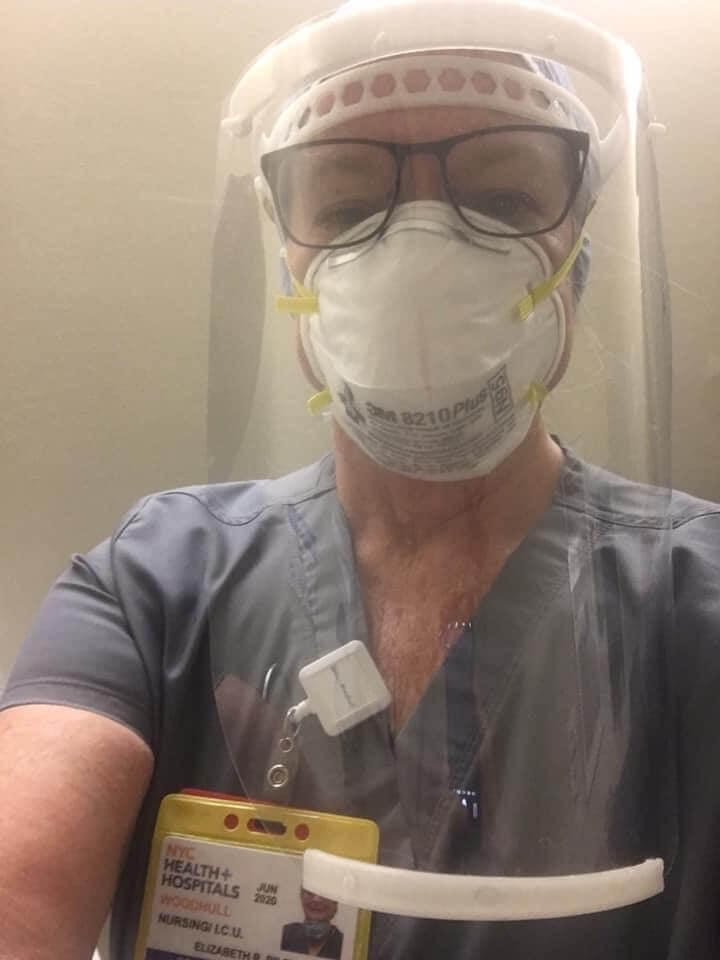
‘Only one death’
Riley’s busy days consist of rising early each morning in her hotel room, getting dressed and quickly downing a cup of coffee, then descending to the lobby and boarding a bus with other nurses headed to various hospitals.
For the next 12 hours she works as hard as she can, caring for two or three patients at a time, monitoring their many medicines, making sure their ventilators fill their lungs with the right amount of air. Then she catches a bus back to her hotel, eats, connects with family and friends, and falls asleep, more tired than she says she has ever been.
The ICU where she is working and other similar units at the hospital are filled to capacity with critically ill patients who require assistance simply to breathe. The beds of those who die are quickly filled by others in need of care, Riley said.
Riley’s best days are those spent scrambling between patients, doing everything she can to keep them living, working her 62-year-old body to the point of exhaustion.
Her worst days? Those with code blue after code blue, when death seems ever present in the ICU, when life-saving measures don’t work, when the bodies pile up.
Days of deaths have nearly cracked Riley. She grows attached to patients even though they are too sick to talk. She cares for them. Losing one after another gets to be too much.
“The death, it just never stops,” Riley said late one night last week from her hotel room. “I don’t know if I can keep going back.”
But she did. The next morning she got back on the bus, headed back to Woodhull, back to try to save more lives. The nurse who works in a small hospital in northwest Wisconsin has developed an added layer of toughness since arriving in New York. The deaths still bother her. But she can deal with them better.
“It was a good day. Only one death,” she said after a recent shift.
‘Keeps me going’
Riley’s time in New York isn’t all toil and trouble. She enjoys discussions during bus rides to and from Woodhull with one of the drivers, a man she calls “Pops.” During those rides she stares out the window, taking in the sights and sounds of the Big Apple, a city she adores.
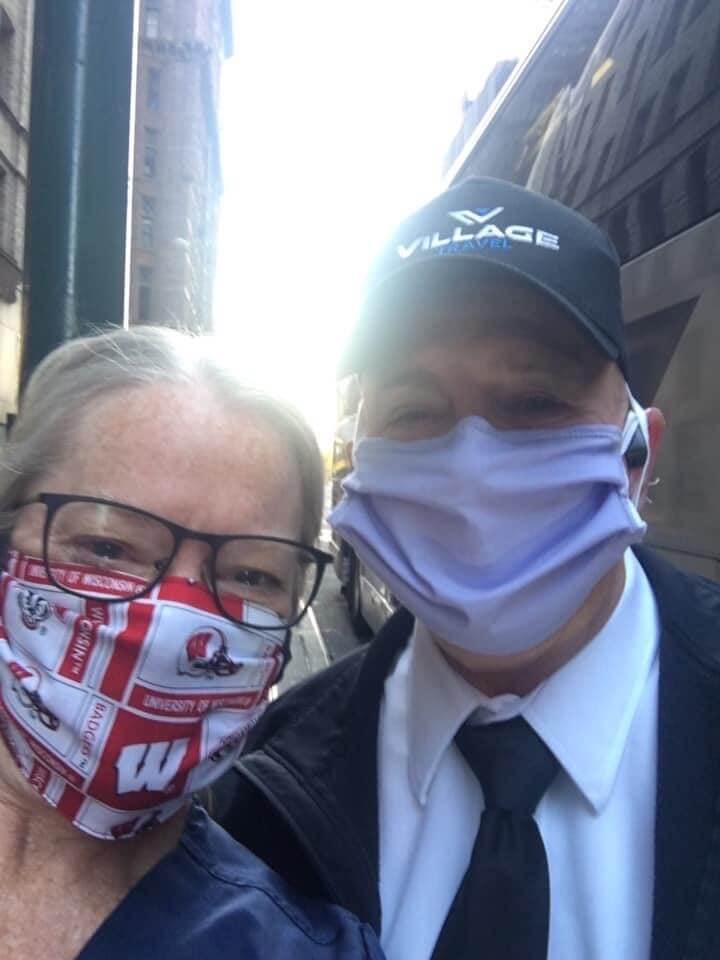
This time is different from her past visits to the city. Riley looks out on a city empty of the vitality it is so known for. Its busy streets that typically surge with a teeming energy are virtually silent now, emptied by the coronavirus pandemic.
“To see this place so quiet, to have absolutely nobody walking around in Times Square, it’s something I never thought I would see,” Riley said.
She finds respite in nighttime chats with her family in the Midwest. The 1,200 miles between Riley’s hometown of Hayward and New York melt when she talks on the phone or via Zoom video with her husband and three children.
Riley also receives solace in the form of a seemingly nonstop flow of social media messages. Friends from Wisconsin and elsewhere follow her journey via Facebook and media accounts. They send her positive thoughts and prayers. Some have sent gifts, among them dozens of N95 masks she uses and shares with her Woodhull nursing colleagues.
“The messages of support from my family and others, they mean everything to me,” Riley said Monday. “I can be having a terrible day, and then I come home to so many wonderful comments. It makes me feel good again, fills me up. It’s really what keeps me going.”
Virus fears
The specter of COVID-19 struck Riley more directly on Monday. She hadn’t felt well the day before, another busy one in the ICU. By the time she returned to her hotel room for the night, she felt even worse.
Monday morning she awoke to a stomach ache, muscle soreness, a sore throat, and a persistent cough. She called her nursing supervisor and was told to stay home. She took a walk through nearby Central Park but had to cut the trip short because of her labored breathing and fatigue.
“I’m glad I’m not at work today,” a wheezing Riley said as she traversed the park. “There is no way I could do that today.”
Riley felt even worse Tuesday. She was told she would not be tested for COVID-19 and would need to work Wednesday and Thursday before returning home to Wisconsin.
Because she has worked in close confines with so many people ill with COVID-19, Riley’s reunion with her husband after a three-week hiatus must be delayed. He and one of her sons will drive to Minneapolis-St. Paul International Airport Friday separately to meet her, but they will forgo hugs.
Instead, father and son will drive back to Hayward together while Riley travels to the cabin of a friend in northwest Wisconsin, where she will remain by herself in quarantine for two weeks. She will be tested for COVID-19 shortly after returning to Wisconsin. She can only hope she hasn’t contracted the illness.
“My God, I hope I don’t have it,” she said. “I’ve seen too much of what it can do to a person, how it can kill. I don’t want any part of that.”
‘Help people’
Riley still felt sick Wednesday, but the staffing company she contracted with to work as a nurse in New York said she was needed at the hospital. She had her morning coffee, hoping it would give her a jolt of energy. She dressed in her nursing attire, went to the hotel lobby and then out to board the bus that would take her to Woodhull.
There she and other nurses received an unexpected, heartfelt surprise. New York City police officers lined the sidewalk, applauding Riley and the others headed to hospitals to save lives.
“Thank you so much,” Riley told officers. “You guys are the real heroes.”
When she arrived at Woodhull, Riley’s nursing supervisor saw how sick she was and determined she shouldn’t be there. She called the staffing company and told them to have Riley’s health assessed.
Riley felt torn. She had marshalled her strength, intent on doing her best for patients for two more days before heading home. But she knew her cough, despite her protective gear, could be dangerous to patients and other medical staff.
As she waited for testing to determine the cause of her illness, Riley reflected on her time in New York. Despite the challenging conditions that at times nearly broke her spirit, despite the death, she said she is glad for her time at Woodhull. It made her a better nurse, she said, a better person.
“I came here to help people,” she said, “and that’s what I’ve been able to do.”
Politics

What’s the difference between Eric Hovde and Sen. Tammy Baldwin on the issues?
The Democratic incumbent will point to specific accomplishments while the Republican challenger will outline general concerns he would address....
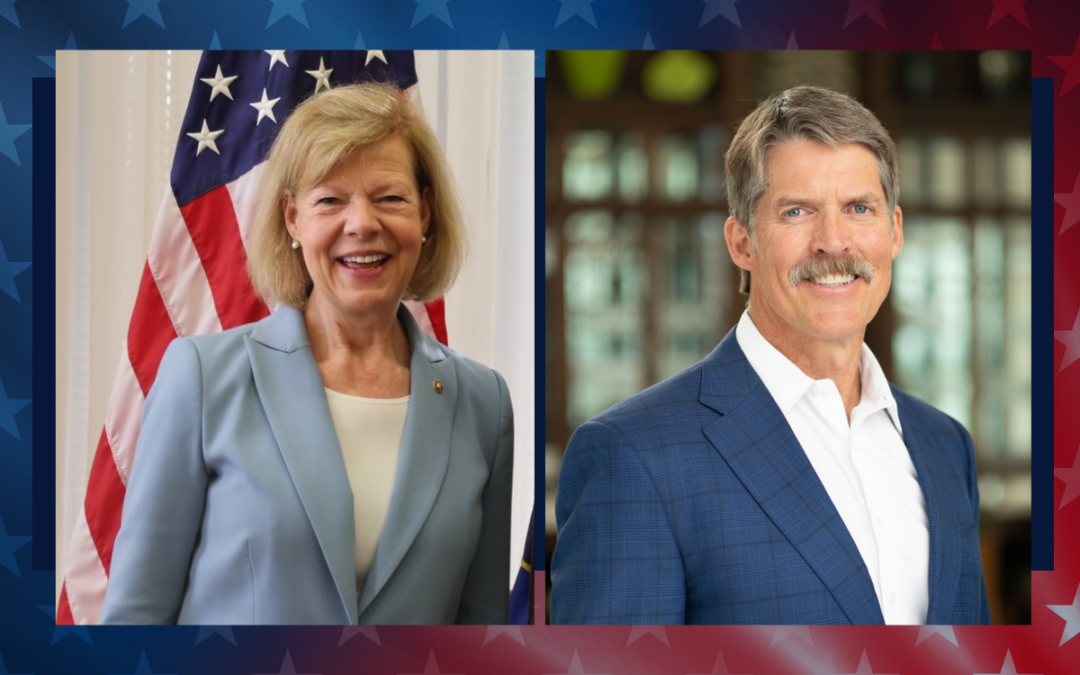
Who Is Tammy Baldwin?
Getting to know the contenders for this November’s US Senate election. [Editor’s Note: Part of a series that profiles the candidates and issues in...
Local News

Stop and smell these native Wisconsin flowers this Earth Day
Spring has sprung — and here in Wisconsin, the signs are everywhere! From warmer weather and longer days to birds returning to your backyard trees....

Your guide to the 2024 Blue Ox Music Festival in Eau Claire
Eau Claire and art go hand in hand. The city is home to a multitude of sculptures, murals, and music events — including several annual showcases,...


